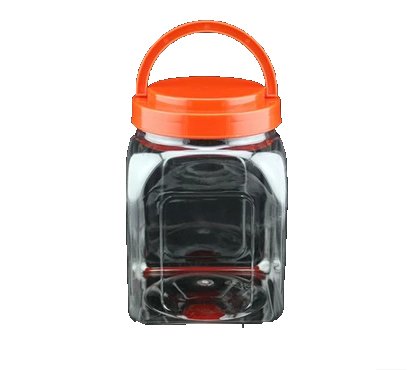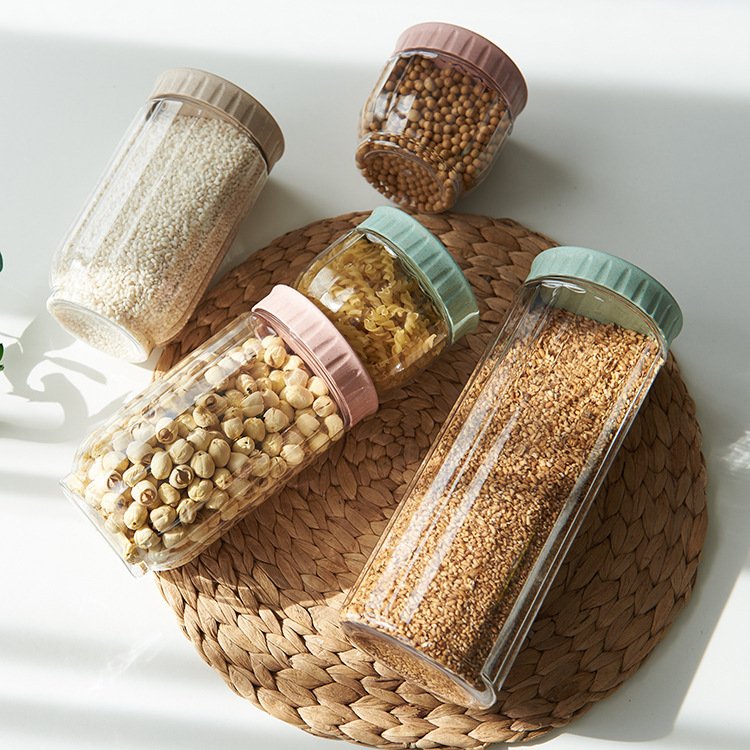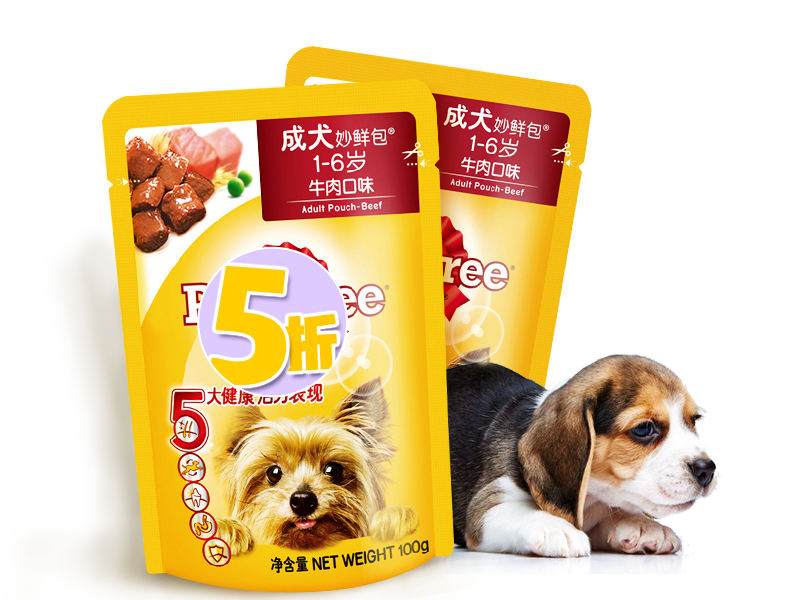Choosing Tips: First, Determine Your Packaging Needs and Requirements
Start by identifying your packaging needs and requirements. Consider the type, size, and shape of the food products you want to package, and decide on the packaging method—such as pouches, trays, boxes, cans, or bottles. Determine if vacuum packaging is necessary, or if you should first pack into bags before boxing. Additionally, evaluate the required production capacity, packaging speed, and desired level of automation.









Product Size: The size and shape of your product will impact the packaging method and the type of machinery required. Before selecting a food packaging machine, thoroughly analyzing your product’s characteristics is crucial.
Product Form: Is your product solid, powdered, paste-like, or granular? Different physical states may require specific types of packaging machinery. For instance, irregular products like pre-prepared dishes cannot be weighed accurately using conventional scales, necessitating specialized weighing scales. It’s best to discuss this with your sales representative. If your product is sticky, anti-stick treatments on the machine are necessary.
For small granular products around 10mm-50mm, such as peanuts or snacks, we recommend using a combination scale with a vertical packaging machine. The combination scale can package most granular products, while the vertical packaging machine can create simple pillow bags and three/four-side seal bags. This is the most common and cost-effective packaging method available. Bag packaging reduces packaging and transportation costs. Machines can automatically form bags and package products, and adding an automatic feeding machine enables high levels of automation, reducing labor costs. This type of machine is the optimal choice for many food packaging applications.
For larger products, a vertical ffs packaging machine is also suitable. A cost-effective option is the pillow packaging machine, which can handle high-speed packaging. Products are manually placed or automatically transported onto conveyors, where the machine packs them into regular bags. Many manufacturers of packaged vegetables, fruits, daily necessities, and cooked foods prefer horizontal packaging machines. These machines can package larger individual items like bread or whole chickens and can differentiate between the front and back of products during packaging. Tray-packaged mooncakes or cookies are also suitable for horizontal packaging machines.
| physical shape | HFFS packing machine | VFFS packing machine | Premade bag packing machine | |
| granule | nut | √ | √ | |
| potato chips | √ | √ | ||
| Dried Fruit | √ | √ | ||
| jelly | √ | √ | ||
| cake | √ | |||
| bread | √ | |||
| A whole cooked chicken | √ | |||
| vegetable | √ | |||
| Pet Food | √ | √ | ||
| snack | √ | √ | ||
| Pre-prepared dishes | √ | |||
| beans | √ | √ | ||
| Hardware | √ | √ | ||
| Rice | √ | √ | ||
| Sugar | √ | √ | ||
| Biscuit | √ | √ | √ | |
| Ice | √ | √ | ||
| Ice cream | √ | |||
| Popcorn | √ | √ | ||
| Bag tyes | HFFS packing machine | VFFS packing machine | Premade bag packing machine | |
| pillow Bag | √ | √ | ||
| 3-side seal | √ | √ | ||
| 4-side seal | √ | √ | ||
| stand up pouch | √ | |||
| zipper pouch | √ | |||
| M shape pouch | √ | |||
| bag with spout | √ | |||
| irregularr shape pouch | √ | |||
| gusset pouch | √ | |||
| doybag | √ | |||
| chain bag | √ | |||
| stick bag | √ | |||
| triangle bag | √ |
If you want to innovate with irregular shaped bags, such as accordion bags, zipper bags, spouted bags, or octagonal-shaped bags, a pre-made bag packaging machine customized for your needs is ideal. This machine allows you to place pre-made bags into slots, from which the machine automatically extracts them to package the products. Whether it’s for unique shapes or specialized closures, a pre-made bag packaging machine can handle various types of packaging.
Product Sensitivity: Products that are fragile, perishable, or require refrigeration need special handling and specific packaging environments. For instance, walnuts can easily break during handling and require anti-breakage weighing machines that are specially treated.
Understanding these points will help you determine the general direction for selecting suitable packaging machinery. The rest can be entrusted to professionals. Choose a reputable supplier with a strong track record in providing high-quality machines and excellent customer support. Communicate these requirements clearly with your sales representative to avoid any misunderstandings or pitfalls.
If you need a flexible packaging machine that can accommodate different forms, sizes, and products, it’s best to have your sales representative help you choose a machine with quick adjustment capabilities and adjustable settings. This can reduce downtime and increase production efficiency, which is particularly crucial if you have a diverse product range or are setting up a new packaging line. Ensure the machine is compatible with your production line to adapt to future business growth or market demands, including potential new products or additional packaging formats.
In the food industry, food safety and hygiene are critical considerations when selecting packaging machines. Ensure the machine complies with necessary food safety standards and regulations. Look for features that facilitate easy cleaning and disinfection, such as smooth surfaces, stainless steel construction, detachable parts, and easy maintenance. Consider features like gas flushing or vacuum sealing to maintain product freshness and extend shelf life.
User-friendliness is also important for efficient operation and minimizing error risks. Intuitive interfaces, clear instructions, and simple adjustment mechanisms can greatly enhance operational efficiency. Manufacturer-provided training and support are crucial to ensure your staff can effectively operate the machine, troubleshoot basic issues, and perform routine maintenance tasks.
If your budget is limited, you can opt for machines with lower automation levels. However, considering the overall value and performance of the machine in relation to its cost, investing in a highly automated machine can reduce labor costs and material wastage in the long run. Therefore, prioritize the overall value and performance of the machine rather than focusing solely on initial costs. Before purchasing a machine, evaluate factors such as improved production efficiency, labor savings, reduced material waste, and enhanced product quality to assess the return on investment (ROI).
